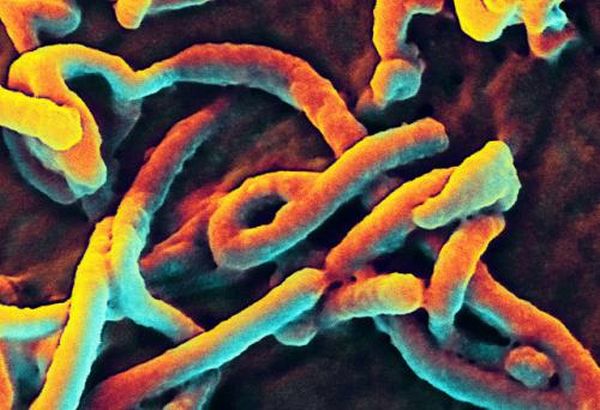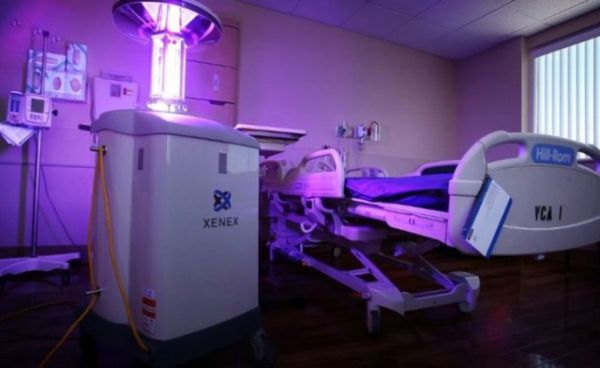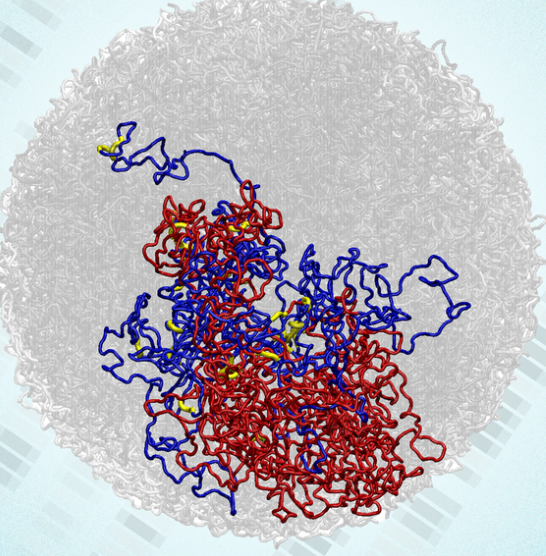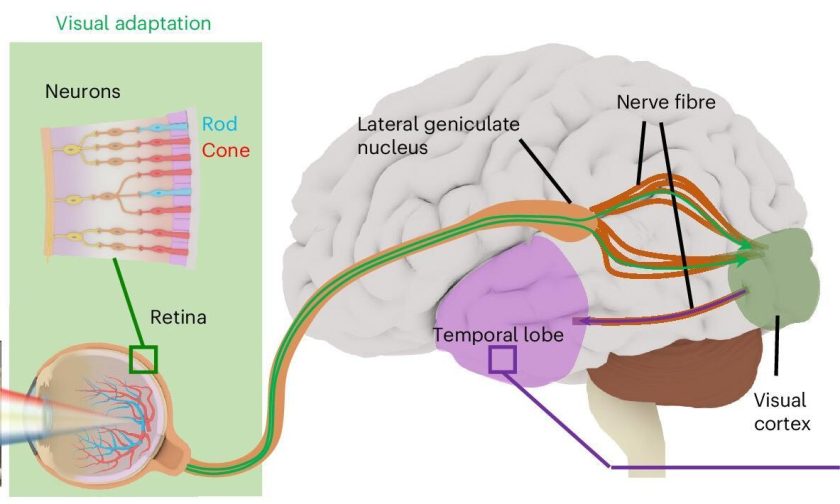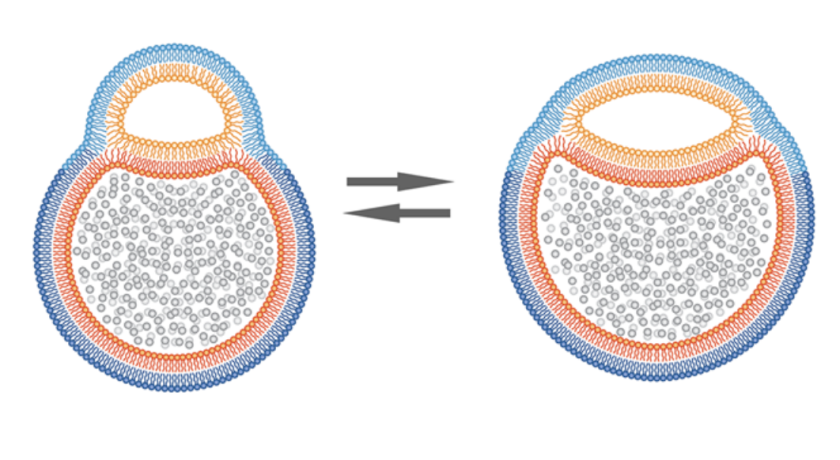Ebola disease is one of the most discussed topic these days. Vaccines or specific treatment for the deadly Ebola virus is not yet found. And therefore, medical expert emphasize on taking necessary precautions.
Experts around the world are looking for an effective way to control and cure the infectious disease. The disease spreads from bodily fluid such as saliva, mucus, tears, vomit, feces, sweat, breast milk, urine and semen of the infected person. Complete medical isolation of the patients is required to keep the disease from spreading. Healthcare staff who takes care of Ebola patients are at highest risk of getting infected with the disease and are strictly asked to cover themselves using gloves, mask, gowns and eye protection.
To tackle and limit the spread of the virus, the US military has designed a robot to take a stand in a war against Ebola virus. The four wheeled bot produce pulses of ultraviolet light that can disinfect a room within minutes. The bots have been already deployed for the job in three military medical centers and nearly 250 hospitals in the US use them for killing pathogens.
Xenex – Disinfection robot
The bot emits 1.5 pulses every second, reaching a 3m radius. According to Xenex Disinfection Service based in Texas, the robot uses a non toxic gas called xenon, to create high energy and high intensity ultraviolet rays, which can slay even the hardest to kill germs effectively by splitting the cell wall of the virus and is also faster than human cleaning staff. The earlier ultraviolet technology involved use of mercury-vapor bulbs, which were slow in action and toxic too.
Spokesman Alton Dunham from Langley Air Force Base, the newly purchased bot is being currently employed for Ebola mitigation strategy, but it will be equally useful to kill host of other pathogens that causes so called hospital acquired infections. The ultraviolet rays emitted by the robot can disinfect hard to reach areas and surfaces that human may not be able to clean properly, thus completely eliminating the danger of human error of any kind.
Handling Contaminated Waste
The disinfecting robot would be useful for careful handling and disposal of contaminated waste and will also aid medical practitioners in remotely interview patients. A robotic wagon known as the General Dynamics Land Systems, that already exist can be repurposed to provide required help and protection to Ebola healthcare staff in West Africa, suggest professor of engineering and computer science, Robin Murphy. Murphy also advises that the robot that are proposed to be sent needs to adjust into the wider medical effort, a better comprehension of local culture, instead of just imposing high tech methods on already stressed healthcare staff.
However, the robot developed in Western settings that require ample electric supply, batteries, flat surface or wifi to operate may not be available in areas that actually require such bots the most. A clinic in developing countries may not be well equipped to use such advanced bot and so same result as seen in western countries may be difficult to achieve.
Health centers that have deployed Xenex bot for disinfection process have seen a decline in the number of cases related to hospital infections. The healthcare staff and patients feel more secure with the work of a robot, that was not seen earlier. The Ebola disease which has become epidemic in West Africa, especially in Liberia, Sierra Leone and Guinea, require these robots, but not many clinics in these areas can afford a robot that costs around US $104,000.
Source: MedicalXpress
Image: ExtremeTech

